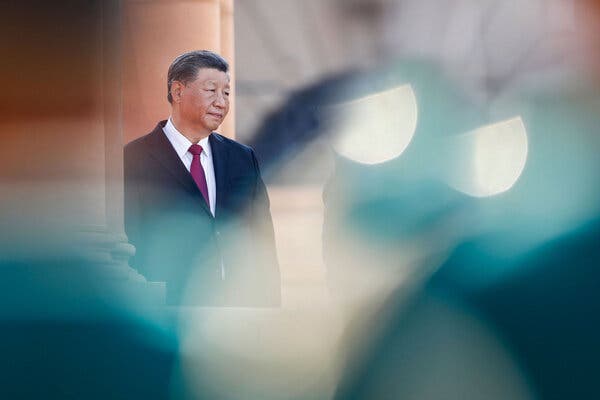China’s economy, once a global powerhouse, is now grappling with significant challenges that threaten its growth trajectory. One of the primary issues is the declining demographic trend. With an aging population and a low birth rate, the workforce is shrinking, leading to reduced consumer spending and a potential labor shortage. This demographic shift impacts productivity and economic dynamism, as fewer workers are available to support growth.

Source:- bbc news
Additionally, China’s real estate sector, which has been a cornerstone of its economic expansion, is facing a crisis. The government’s crackdown on excessive borrowing among property developers has led to defaults and a significant drop in housing prices. This has eroded consumer confidence and dampened investment, which is crucial for driving economic growth. The construction slowdown not only affects the real estate market but also has ripple effects on related industries, including steel, cement, and construction services.
Source:- news 18
Moreover, rising geopolitical tensions, particularly with the United States, have resulted in trade barriers and uncertainty in international relations. These tensions hinder foreign investments and complicate supply chains, which are vital for China’s manufacturing sector.
Another pressing issue is the increasing reliance on state-owned enterprises (SOEs) and government intervention in the economy. While these measures are intended to stabilize key sectors, they often stifle competition and innovation, leading to inefficiencies. This, combined with the government’s stringent regulatory environment, can deter private sector investment.
Finally, the shift towards a more consumer-driven economy is proving difficult. The transition requires significant reforms to the social safety net and welfare systems to boost domestic consumption. Without addressing these structural challenges, China risks stagnation in an increasingly competitive global economic landscape.
Share your views in the comments

